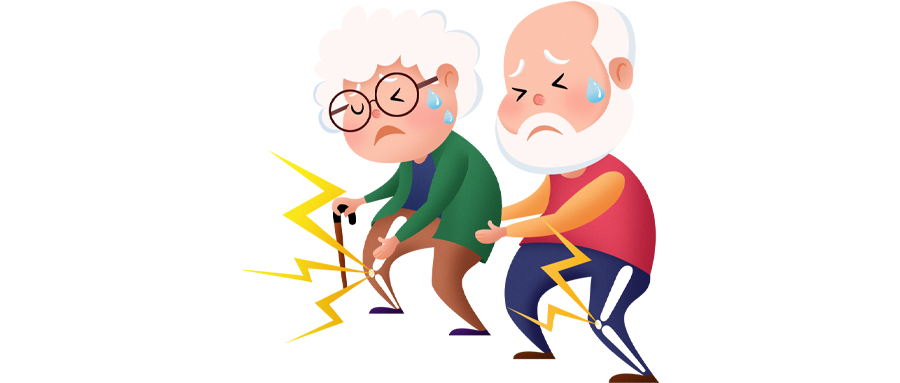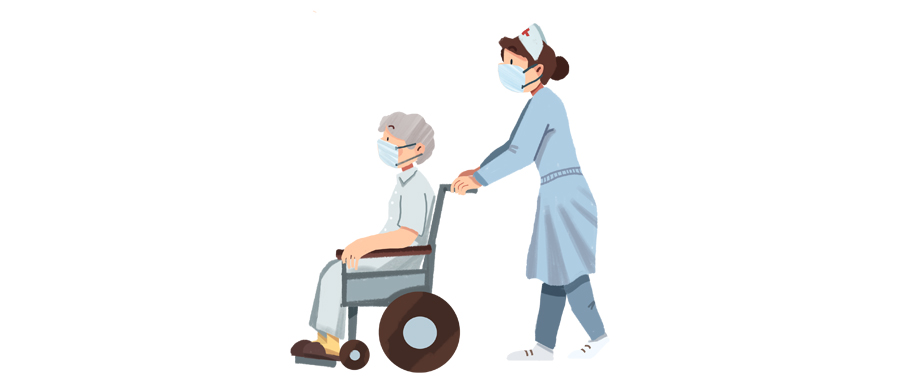Tomorrow is the happy May Day holiday. I believe many friends have already planned a full travel itinerary. Some even may have hit the road already.
However, during the journey, one must be careful not to get too indulged in delicious food and scenery, leading to excessive fatigue. In daily life, it’s also important to pay attention to bone health. Osteoporosis is a degenerative disease caused by gradual bone loss with age.
DXA bone densitometer is a precise and fast instrument for measuring bone density in the human body, widely recognized as the gold standard for bone density testing. What groups are DXA bone densitometer used for?
1. Chronic Disease Patients
Research from domestic and international sources shows that patients with existing chronic diseases or inflammation need to take medication long-term, especially the use of steroid medications, which can increase the risk of osteoporosis. This group of people should pay more attention to bone density, ensure bone health, and prevent fractures.
2. Menopausal Women
 Women experience bone loss faster than men, with osteoporosis occurring in about 30-40% of women and 13.1% of men. About one-third of menopausal women have osteoporosis, and this condition affects two-thirds of those over 80 years old. This is due to decreased estrogen levels after menopause, leading to imbalanced bone metabolism and significant bone resorption, resulting in bone loss.
Women experience bone loss faster than men, with osteoporosis occurring in about 30-40% of women and 13.1% of men. About one-third of menopausal women have osteoporosis, and this condition affects two-thirds of those over 80 years old. This is due to decreased estrogen levels after menopause, leading to imbalanced bone metabolism and significant bone resorption, resulting in bone loss.
3. Elderly Population
 The incidence of osteoporosis increases with age in the elderly population. Reduced calcium in the body, combined with decreased outdoor physical activity and weakened immune system in elderly individuals, may lead to various diseases, increasing the risk of osteoporosis.
The incidence of osteoporosis increases with age in the elderly population. Reduced calcium in the body, combined with decreased outdoor physical activity and weakened immune system in elderly individuals, may lead to various diseases, increasing the risk of osteoporosis.
4. Unhealthy Lifestyle Individuals
 The impact of lifestyle on osteoporosis is significant. For example, individuals with busy office jobs lack physical activity, sunlight exposure, and vitamin D due to prolonged office hours. Smoking, alcohol consumption, and excessive coffee intake can reduce bone density and make bones fragile. Additionally, individuals focused on body image who engage in long-term dieting are at a higher risk of developing osteoporosis in the future.
The impact of lifestyle on osteoporosis is significant. For example, individuals with busy office jobs lack physical activity, sunlight exposure, and vitamin D due to prolonged office hours. Smoking, alcohol consumption, and excessive coffee intake can reduce bone density and make bones fragile. Additionally, individuals focused on body image who engage in long-term dieting are at a higher risk of developing osteoporosis in the future.
During this rare May Day holiday, it is recommended to temporarily set aside busy work routines and enjoy the sunlight and scenery during travels with family and friends.
5. Individuals with Family Medical History
Osteoporosis is somewhat hereditary, and those with a family history of osteoporosis are at an increased risk of developing the condition, necessitating early attention to bone density.
Preventing osteoporosis needs to be continued from childhood to old age. It is important to focus on calcium supplementation in childhood, increase peak bone mass in adolescence, regularly check bone density in adulthood, and reduce bone loss rate. DXA bone densitometer has important application value for these five populations who need to focus on bone density. By regularly using DXA bone densitometer for bone density testing, one can better understand the health status of the skeleton, adjust lifestyle habits when necessary, and maintain long-term bone health. This regular examination is of great significance in preventing osteoporosis and fractures.
Post time: Apr-30-2024



